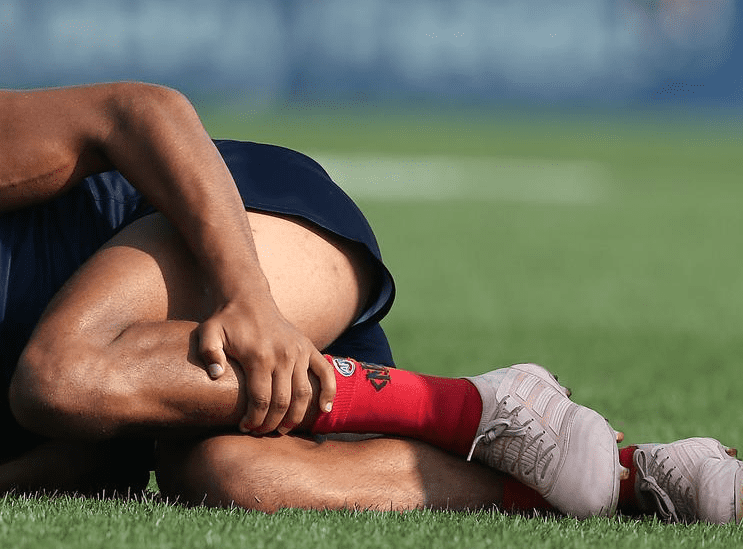
According to the 2015 Annual AFL Injury Survey, lower-limb injuries (including knees) accounted for on average 15.1 new injuries per club in 2015.
The next most common injuries were hip, groin, and thigh injuries at 10.4 injuries per club. So in terms of missed games per club per season, this accounted for a whopping 79.8 missed games!
As you're probably aware, the foot is a microcosm of bones, tendons, arteries and nerve endings that play a crucial role in our balance, force expulsion, shock absorption and forward momentum.
Inside a football boot, the foot’s job is to expel the force that is applied, which is around three times body weight when running.
Adding to this – in AFL, we have constant and quick changes in direction, leaping, accelerating and dead stopping – the foot effectively does more work than any other body part.
Football boots are designed to protect the foot from external forces and provide added traction. Much of the time, when purchasing boots, players will focus on the aesthetics and the comfort. And when they are standing still.
The workings of the foot inside the shoe are, for the most part, completely ignored by boot manufacturers. The only thing between your foot and the bottom of the shoe is usually a thin piece of cardboard covered by either a fabric or a synthetic material.
The foot is designed to flex and splay and force as much force as possible through the ball of the foot (first and second metatarsal joint). During this process, the foot collides with the inside bottom of the shoe hundreds of times during a football match.
It is these collision forces which do the damage.
Over time the brain begins to switch off the foot receptors as a protective measure to avoid the repeating collisions.
In effect, the brain starts to stop the messages to and from the foot and becomes concerned only with the messages from the ankles up.
As a result, the foot does not receive the required proprioceptive feedback and so begins the process of reducing the amount of work it does, that is, flexing and splaying.
Over time it becomes a passenger in the football boot and the boot begins to work as a lever attached to the ankle.
As the foot begins to disengage from its designed job, the foot muscles begin to atrophy.
Because the foot is now not actively dissipating the force that is being applied, other areas of the body now must take up the slack.
This is where the Achilles, calf and knees begin to compensate for the extra load.
When the foot is working optimally, it slightly pronates or rolls inward to help expel the force out of the ball of the foot.
Once the foot reneges on this job, the lower limb compensates by trying to force the foot to roll.
This causes symmetrical anomalies up and along the kinetic chain. This also has an effect on the psoas muscle, which attaches from the medial (inside) of the knee and attaches to the base of the spine.
Back and knee pain, anyone?
…and G8 Performance 2620 orthotic insoles are designed specifically to bridge the gap between the forefoot and the bottom of the shoe.
And this is where G8 Performance orthotics can help…
The flexible arch piece connects with the underside of the forward portion of the arch at all times even when the foot is non-weight bearing.
This reduces collision forces as the arch acts like suspension in a car and reconnects the synapses to the brain.
In addition, the G8 2620s encourage the foot to splay and flex decreasing (and in some cases reversing) the incidence of muscle atrophy.
The adjustability of the 2620s allow the wearer to move the arch piece as the foot becomes stronger and more flexible over time.
This video explains:
This is also important because each shoe (brand, type, construction, etc) causes the foot to react differently.
G8's can be adjusted to numerous configurations to take into account differences in feet and changes in foot muscle strength and flexibility.
A healthy foot is…
One which is muscularly strong and flexible and can adequately transfer the force that is being applied to it.
In AFL, whether running or leaping – the more force transferred equals more force being applied to the ground which equals higher leaps and more forward momentum.
The side-effects are stronger feet, better balance and less strain on the rest of the body.
$6 USD flat rate shipping anywhere in the world.

Order your G8's with complete confidence. All G8 Performance insoles and accessories purchased via our website come with a full 90 Day Warranty.
We insist on your complete satisfaction with all our G8 Performance products, service and support or your money back.